Hota - Mathematical Physical Chemistry: Practical and Intuitive Methodology
Here you can read online Hota - Mathematical Physical Chemistry: Practical and Intuitive Methodology full text of the book (entire story) in english for free. Download pdf and epub, get meaning, cover and reviews about this ebook. year: 2018, publisher: Springer Singapore, Singapore, genre: Humor. Description of the work, (preface) as well as reviews are available. Best literature library LitArk.com created for fans of good reading and offers a wide selection of genres:
Romance novel
Science fiction
Adventure
Detective
Science
History
Home and family
Prose
Art
Politics
Computer
Non-fiction
Religion
Business
Children
Humor
Choose a favorite category and find really read worthwhile books. Enjoy immersion in the world of imagination, feel the emotions of the characters or learn something new for yourself, make an fascinating discovery.
Mathematical Physical Chemistry: Practical and Intuitive Methodology: summary, description and annotation
We offer to read an annotation, description, summary or preface (depends on what the author of the book "Mathematical Physical Chemistry: Practical and Intuitive Methodology" wrote himself). If you haven't found the necessary information about the book — write in the comments, we will try to find it.
Hota: author's other books
Who wrote Mathematical Physical Chemistry: Practical and Intuitive Methodology? Find out the surname, the name of the author of the book and a list of all author's works by series.

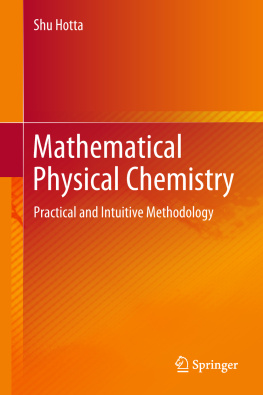
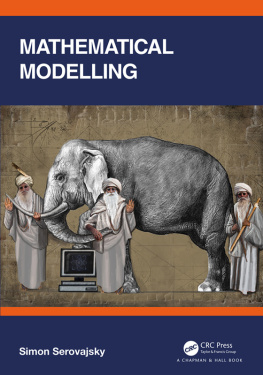

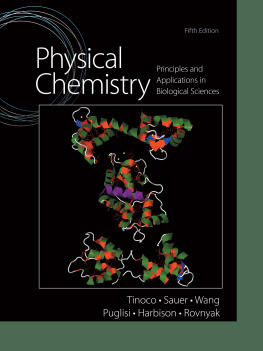

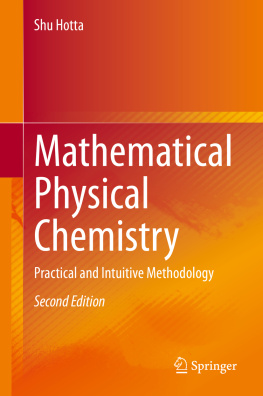
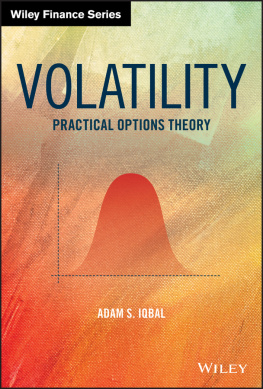
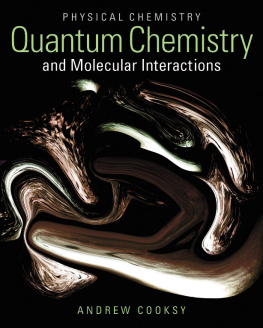

 expressed as Planck constant
expressed as Planck constant  multiplied by frequency of light
multiplied by frequency of light  , i.e.,
, i.e., 
 and
and  . The quantity
. The quantity  is called angular frequency with
is called angular frequency with  being frequency. The quantity
being frequency. The quantity  is said to be a reduced Planck constant .
is said to be a reduced Planck constant .
 (
(  is wavelength of light in vacuum) and
is wavelength of light in vacuum) and  is called wavenumber . Using vector notation, we have
is called wavenumber . Using vector notation, we have 
 (
(  : a unit vector in the direction of propagation of light) is said to be a wavenumber vector .
: a unit vector in the direction of propagation of light) is said to be a wavenumber vector .
 denotes a shift in wavelength of the scattered beam;
denotes a shift in wavelength of the scattered beam;  is a rest mass of an electron;
is a rest mass of an electron;  is a scattering angle of the X-ray beam (see Fig. ). A quantity
is a scattering angle of the X-ray beam (see Fig. ). A quantity 